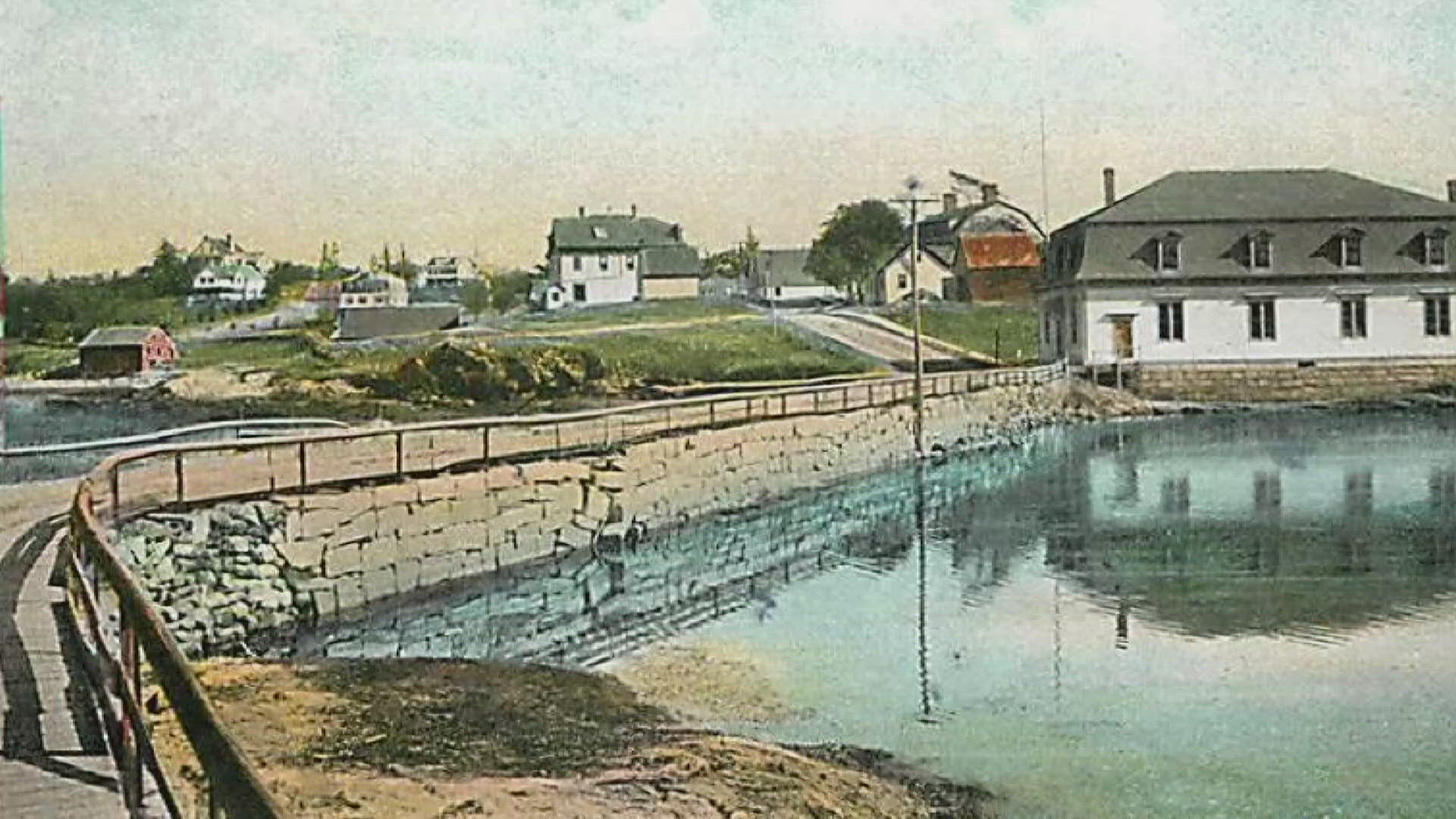NEW HAVEN, Conn. — Human remains and eight funeral-related items connected to the Wabanaki Nations are planned to return to Maine after spending decades at a Yale museum.
The remains were taken from a shell mound on Deer Isle. According to a notice from the National Park Service in the Federal Register, H. Gordon Rowe removed them between 1948 and 1952. In 1969, Rowe's wife donated them to the Yale Peabody Museum.
"Institutions have had the exclusive authority over a lot of our ancestral remains," Dwayne Tomah, director of the Passamaquoddy Tribal Museum, said Wednesday. "Our ancestors are still speaking, and they want to rest, and they haven't been able to rest."
The eight artifacts to be repatriated originated at cemeteries in Hancock, Knox, and Penobscot Counties. Archeologist Warren K. Moorehead removed them around 1915, according to the Federal Register. They were donated to the Yale Peabody Museum in 1926.
The items to be returned include two spearheads, one plummet, one lot of red ochre, and four gouges.
Citizens of the Wabanaki Nations historically used gouges to scrape fat off animal hides and ochre in art, Tomah explained, adding that all the objects would have been part of a funeral.
"These are really important ceremonies of our people. When people would pass on a lot of their objects and stuff would be buried with them."
The museum found a connection between these objects and the four federally recognized tribes in Maine which include Penobscot Nation, Mi’kmaq Nation, Houlton Band of Maliseet Indians, and the Passamaquoddy Tribe.
The return of the objects and remains to the Wabanaki Nations is in accordance with a federal law from 1990 called the Native American Graves Protection and Repatriation Act, which calls for the identification and return of "Native American human remains and associated funerary objects" upon request by a descendant or by a tribe itself.
The Yale Peabody Museum intends to follow its duty under the law.
“The… Museum is committed to working with Native American Tribes to fulfill our Native American Graves and Repatriation Act responsibilities," Steven Scarpa, a spokesperson for the museum said Wednesday. "We are dedicated to realizing our goals regarding consultation and repatriation through meaningful relationships with our Tribal partners."
After a formal request for repatriation is made, the human remains and funeral-related objects could return to Maine as soon as Dec. 12.

